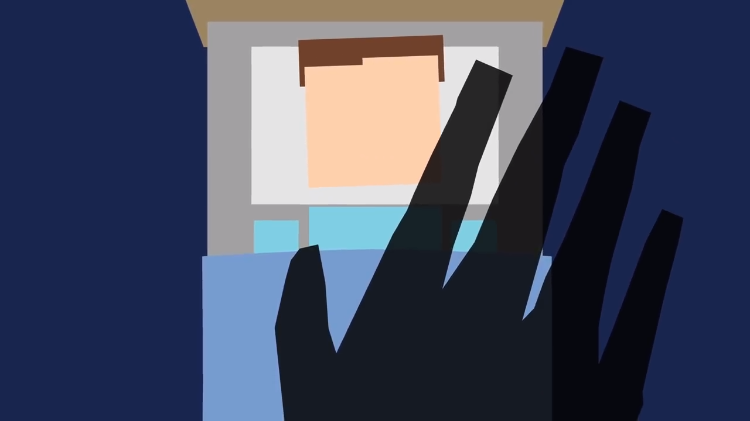The Physiological Factors Behind the Terrifying But Harmless Phenomenon of Sleep Paralysis

In a somatic episode of Life Noggin, narrator Pat Graziosi who voices the animated Blocko explained the terrifying but harmless experience of sleep paralysis, the physiological reasons why it occurs, why some people see hallucinations during an episode and what can be done to stop these events from occurring.
Usually, people wake up when their brains are in the non-REM phase, but sometimes you wake up when you're still in REM sleep. "During REM sleep, neurotransmitters like GABA and glycine basically turn off, your muscles to make sure you don't act out your dreams. So if you wake up before a REM cycle is over, your muscles are still sleeping, so you can't move, even if you're fully awake. Your chest muscles are turned off too, with the exception of your diaphragm. That's why people experience shortness of breath or feel pressure on their chest. " In sleep paralysis, your mind is still partially dreaming, leading to hallucinations that can feel super real.
- Explaining The Frightening Experience of Sleep Paralysis
- An Animated Explanation of What Happens When a Person Sleepwalks
- Helpful Suggestions For Sleeping Better at Night
The post The Physiological Factors Behind the Terrifying But Harmless Phenomenon of Sleep Paralysis appeared first on Laughing Squid.